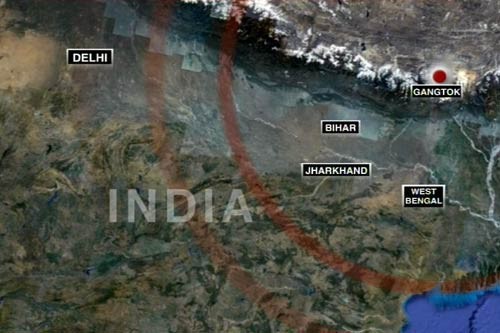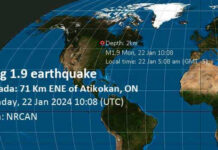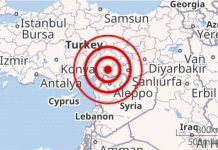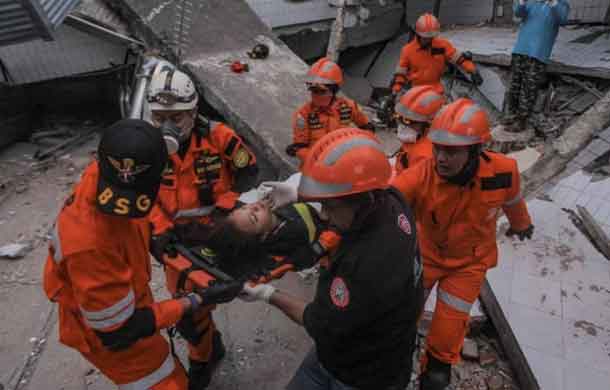
33,000 homes – built largely with mud and bricks – were not properly constructed because quake-safe building codes only came into being seven months after the disaster
By Gopal Sharma
KATHMANDU, April 11 (Thomson Reuters Foundation) – Tens of thousands of survivors of Nepal’s 2015 earthquake are at risk of future quake damage with about one third of newly constructed homes failing to meet safe building codes, the head of the country’s reconstruction agency said on Tuesday.
Nearly one million houses were destroyed by the 7.8 earthquake on April 25, 2015 and hundreds of aftershocks that ensued in the following months. Almost 9,000 people were killed and millions left homeless.
As the impoverished Himalayan nation prepares to mark the second anniversary of the disaster, Nepal faces increasing pressure over the slow place of reconstruction, particularly from foreign donors who have pledged $4 billion to help rebuild.
Govind Raj Pokharel, CEO of the National Reconstruction Authority (NRA), said close to 100,000 houses have been built or are in the process of being built since the earthquake with over 525,000 houses still required.
However one third of these new homes have not met new safety codes and are not likely to withstand a similar quake.
“We are planning to make them meet the guidelines by incorporating safety features in such buildings,” Pokharel told the Thomson Reuters Foundation in an interview.
“One way of doing that is to retrofit them.”
Seismic retrofitting often involves adding shear walls or steel-braced frames, jacketing columns in concrete, and installing new support columns – all of which is costly.
Wedged between China and India – and home to Mount Everest – Nepal is particularly prone to seismic shocks.
It sits on the boundary of two massive tectonic plates – the Indo-Australian and Asian plates. It is the collision of these plates that has produced the Himalaya mountains, and with them, multiple earthquakes.
Two years after the 2015 disaster, many of the eight million people affected continue to live in tarpaulin and bamboo tents due to the government’s delay in disbursing funds for them to rebuild their homes.
Experts blame political infighting, bureaucracy and poor management of funds for the delay. They say a lack of building materials such as concrete, wood and steel, and lack of trained masons, carpenters and engineers have also played a role.
Pokharel said approximately 33,000 homes – built largely with mud and bricks – were not properly constructed because quake-safe building codes only came into being seven months after the disaster when the NRA was established. The government had a deadline to rebuild all homes by 2020, he said. However if only 60 percent were built that would acceptable, he added, citing examples in other quake-hit nations such as Haiti where reconstruction is also lagging.
“Not all houses are rebuilt after the disaster anywhere,” he said.
(Reporting by Gopal Sharma @imgsharma; Editing by Nita Bhalla and Katie Nguyen. Credit the Thomson Reuters Foundation, the charitable arm of Thomson Reuters, that covers humanitarian news, women’s rights, trafficking, property rights, climate change and resilience. Visit http://news.trust.org)






